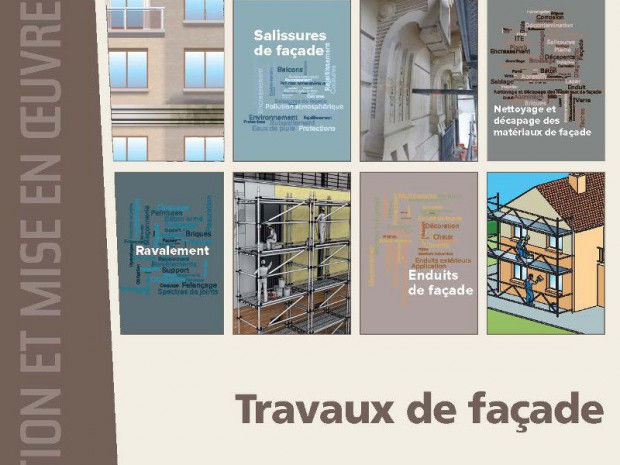

19 The most recent definition of adaptive facades was proposed by Böke et al. 17, 18 Adaptive facades fall under broader definitions of sustainable facades or high-performance building envelopes. 10, 16 Both books are written as part of an earlier COST Action C13 on Glass and Interactive Building Envelopes. 14, 15 Before the above mentioned studies, the books of Knaack et al 10 and Wigginton 16 define adaptive facades more broadly as intelligent skins. 13 In 2018, Working Group 1 of the COST Action TU1403 proposed another definition. 10, 12 Various definitions for adaptive facades have been proposed including the earliest definition of De Boer. The COST Action TU1403 ‘adaptive facades network’ aimed to group together the knowledge and technologies across European countries and beyond. Adaptive facades are building envelopes that are able to adapt to changing boundary conditions in the form of short-term weather fluctuations, diurnal cycles, or seasonal patterns. Thus, the dynamic facades or adaptive facades, as defined by the European COST Action TU1403 (Adaptive Facades Network (2014-2018)), have a profound effect on achieving the three performance requirements in terms of occupant's satisfaction, energy saving, and environmental impact neutralization. 3 Particularly, the integration of passive and active design technologies in the building envelope is gaining attention from the research and development community. 1, 2 Several innovative building envelope technologies and concepts have been proposed as solutions to improving indoor comfort conditions and reducing the environmental impact during the life cycles of buildings. At the same time, from an environmental perspective, there is a need to reduce building energy consumption and neutralize building-related environmental impacts. From a social perspective, there is a need to achieve a high level of user well-being and indoor environmental quality (IEQ). The future of the sustainability of buildings is influenced by three challenging factors. The new categorization and framework articulate the multifunctionality and performance requirements of facade technologies including smartness, automation, comfort, and well-being. The research provides insights on future delivery processes and the future structural trends of adaptive facades. Overall, this methodology yields new and rich qualitative knowledge related to adaptive facades however, it has certain limitations, such as being time-consuming.
FACADE 1.1 GUIDE DRIVERS
The results categorize the adaptive facade technologies under four promising families and present a conceptual framework that identifies human-centered design, smart building operating systems, service-driven solutions, circularity, and materials as the main drivers of the facade technological advancements. In-depth interviews with 27 international adaptive facade experts were conducted with a focus on the European context.


Our research methodology includes a literature review expert interviews and content analysis. To address these limitations, this paper proposes a novel conceptual framework and technological classification for adaptive facades in the future. However, traditional literature review studies do not necessarily provide deep insights into the future trends of adaptive facade technologies. There is a growing interest in adaptive facade technologies to counter overheating problems and well-being concerns in smart and high-performance buildings.


 0 kommentar(er)
0 kommentar(er)
